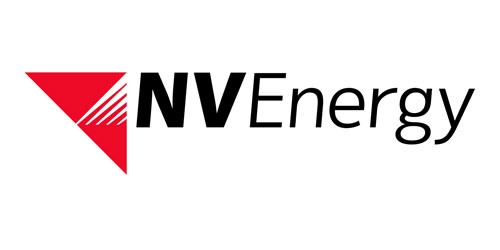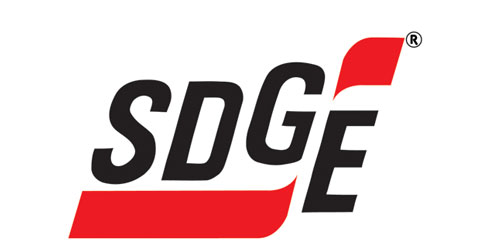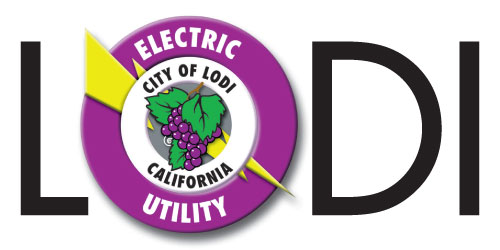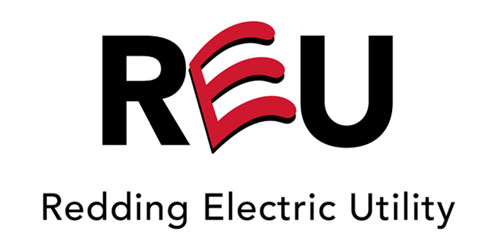These are just a few of the partner companies Enalasys works with to create programs that promote energy conservation:
Pacific Gas & Electric
Pacific Gas and Electric Company, incorporated in California in 1905, is one of the largest combination natural gas and electric utilities in the United States. Based in San Francisco, the company is a subsidiary of PGE Corporation.
There are approximately 20,000 employees who carry out Pacific Gas and Electric Company's primary business — the transmission and delivery of energy. The company provides natural and electric service to approximately 15 million people throughout a 70,000-square-mile service area in northern and central California.
Pacific Gas and Electric Company and other utilities in the state are regulated by the California Public Utilities Commission. The CPUC was created by the state Legislature in 1911.
Fast Facts
- Service area stretches from Eureka in the north to Bakersfield in the south, and from the Pacific Ocean in the west to the Sierra Nevada in the east.
- 123,054 circuit miles of electric distribution lines and 18,610 circuit miles of interconnected transmission lines.
- 40,123 miles of natural gas distribution pipelines and 6,136 miles of transportation pipelines.
- 5.0 million electric customer accounts.
- 4.1 million natural gas customer accounts
Southern California Edison
Today's Southern California Edison is the product of more than a century of providing reliable electric service to central, coastal and southern California.
We help our customers stretch their energy dollars through rebates, which they can receive through SCE's award-winning energy efficiency programs. Customers can receive incentives for helping to control power demand through "demand-response" programs, which help to keep wholesale supplies and prices under control.
As part of our commitment to environmental protection, the electric power we provide for our customers includes more alternate and renewable energy (16.7%), from a greater variety of resources, than nearly any other utility in the world. We have been active in efforts to improve Southern California air quality since the 1940s.
SCE is also an active donor to community and educational causes. SCE employee volunteers annually donate more than 700,000 hours of work to community and non-profit organizations.
SCE's ethnically and culturally diverse customer base contains one of the largest concentrations of non-English speaking residents in California. Our company celebrates and accommodates the diversity of the community it serves through in-languages services and special programs. An emphasis on diversity strategies, operational goals and accountability helped SCE maintain its rank in the top tier of Fortune magazine's annual list of the top 50 companies in America for ethnic minorities, placing high on the list at number eight. This is SCE's seventh consecutive year receiving this recognition, which highlights the company's commitment to develop a work force of first-rate professionals that embraces diversity and reflects the customers it serves.
On an average day SCE provides power to:
- 13 million people
- 180 cities in 50,000 square miles of service area, encompassing 11 counties in central, coastal and Southern California
- Commercial industrial and nonprofit customers, including:
- 5,000 large businesses
- 280,000 small businesses
Hawaii Energy
Helping People make Smart Energy Choices
Hawaii Energy educates island families and businesses about the many, lasting benefits of clean energy. We encourage and reward practical energy-saving decisions. Together we can save money, grow our economy, and reduce the demand for electricity imports.
Empowering The People of Hawaii
Our mission is to empower island families and businesses to make smarter energy choices to reduce energy consumption, save money, and pursue a 100% clean energy future.
Nevada Energy
Nevada Power Company has been serving Las Vegas since 1906 when the city was little more than a village at the end of a railroad line. The company's first distribution system was powered by a small generator and the copper wires were supported by 6 by 8 inch redwood timbers from the town lumberyard.
As the local newspaper noted, although the community was only six months old, it had all the "modern, cosmopolitan" improvements. "Henceforth it is farewell to tallow dips and smoky oil lamps! Las Vegas is pursuing the destiny which nature intends for it."
Little did the editor know that Las Vegas would eventually become an international tourist destination with over 100,000 guestrooms and that Nevada Power would become the fastest growing electric utility in the U.S.
The original company, Consolidated Power and Telephone, kept adding small, gasoline-powered generators until 1914 when the company negotiated a contract to buy all of its electricity from the railroad power house. By 1929, the company had split into two separate corporations - Southern Nevada Power Company and Southern Nevada Telephone Company.
San Diego Gas & Electric
SDG&E is a regulated public utility that provides safe and reliable energy service to 3.4 million consumers through 1.4 million electric meters and 830,000 natural gas meters in San Diego and southern Orange counties. The utility’s area spans 4,100 square miles.
SDG&E employs over 3,000 people throughout its service area whose main job is to provide safe, reliable energy and exceptional customer service to residences and businesses throughout San Diego and South Orange County. We are committed to enhancing the quality of life in the area and developing energy solutions for a competitive regional economy.
Sacramento Municipal Utility District
The Sacramento Municipal Utility District was founded with the idea that providing electric power to Sacramento was a job best done by a public utility overseen by an elected board of directors.
For 60 years, we've done just that, providing Sacramento County (and a small part of Placer County) with a reliable source of electricity at competitive rates that are consistently lower than investor-owned utilities in the state
As the sixth largest publicly owned utility in the country in terms of customers served, our innovative energy programs are known throughout the state, nation and world. SMUD's purpose is to provide solutions for meeting our customers' electrical energy needs. Our vision is to be a leader in customer satisfaction and a positive force in promoting community benefits.
Lodi Electric
When the City of Lodi was incorporated in 1906, area water and minimal electricity was provided by Bay Cities Gas, Water and Electric Works, a privately owned company. By 1910, operation of the existing utility had been transferred to city jurisdiction and the need for new equipment and higher voltage capacity became apparent as residential and industrial demands for electricity escalated.
Looking toward the future with the addition of new substations, upgraded equipment and installation of underground facilities, Lodi Electric Utility continued to provide quality, reliable electric service to meet customers specific needs. In the 1960's, Lodi Electric Utility joined forces with a group of 15 other customer owned utilities under the Northern California Power Agency. This joint effort allows the collective to purchase and supply electricity at minimal cost with savings passed directly on to the consumer.
Today, Lodi Electric Utility continues to meet the city's growing utility needs and has remained a front-runner in providing low cost, reliable service to its customers.
Redding Electric Utility
Don Moore has lived and worked in Redding since 1956, when he drove up here from Yuba City on Old 99. He is now semi-retired; he was head counselor at Enterprise High School for 17 years, and at Pioneer High School for 18 years. He now does counseling at Shasta College for the GAIN program, helping AFDC recipients. This article is condensed from his 1961 Chico State Master's thesis.
One of the most vital issues before the people of California has been the development of the northern California water resources, along with the production and distribution of electrical energy. A look at the history of the electrical system of Redding is part of the larger picture of public vs. private power.
Redding does not produce power; Redding only distributes it to the homes and businesses of the City. Redding's first experience with the distribution of electrical power came when the City took over the street lighting system in 1916.
The history of this City public utility began with the early City Trustees' dissatisfaction with the street lighting system provided by the Northern California Power Company since 1914, and culminated with the buy-out of the electrical facilities of PG&E in 1921.













